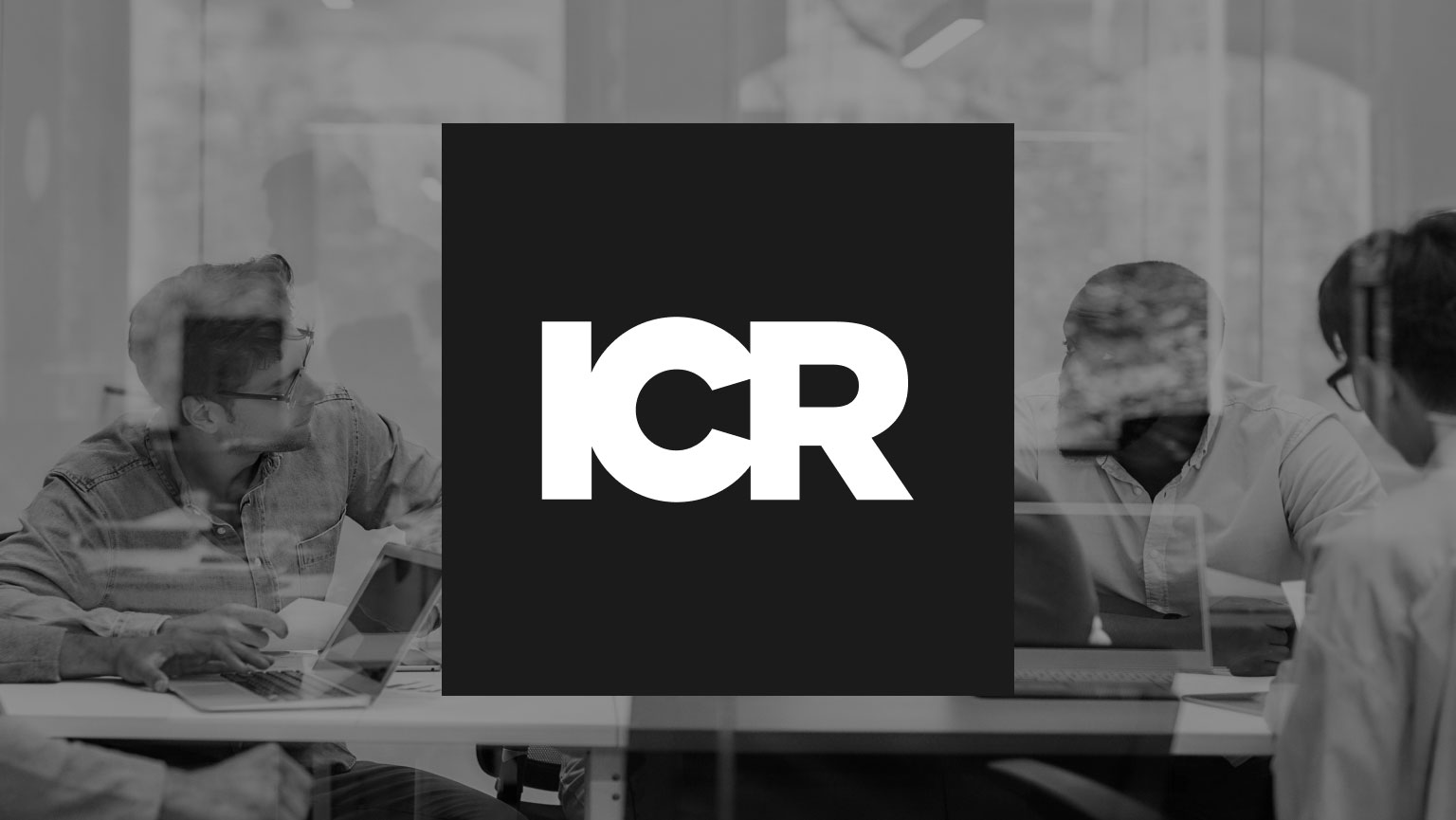1. When a Headache Is Not Just a Headache
Migraines are more than just severe headaches – they are a neurological condition that can cause:
- Severe pain.
- Nausea.
- Sensitivity to light and sound.
- Visual disturbances.
2. Identify and Avoid Your Migraine Triggers
Caffeine, stress, certain foods, and even weather changes can trigger migraines. Keeping a migraine diary can help you pinpoint your triggers so you can take proactive steps to avoid them.
3. Fast Relief for Migraine Pain
- Over-the-counter pain relievers like Ibuprofen or Aspirin can help if taken at the first sign of symptoms.
- Applying a cold compress to your head or neck and resting in a dark, quiet room can provide quick relief.
4. The Role of Prescription Medications
Prescription drugs can be a lifesaver for people with severe or frequent migraines. CGRP inhibitors, beta-blockers, and triptans are just a few of the medications that can be used to control pain and lessen the frequency of attacks.
5. Stress Management and Relaxation Techniques
Stress is a common migraine trigger. Incorporating relaxation techniques like deep breathing, meditation, or yoga into your daily routine can significantly reduce the likelihood of an attack.
6. Dietary Strategies to Keep Migraines at Bay
Certain foods can trigger migraines in some people, including aged cheeses, processed meats, and alcohol. A balanced diet rich in magnesium and riboflavin (Vitamin B2) can help reduce the frequency of migraines.
7. Sound Sleep
Poor sleep is both a trigger and a consequence of migraines. Establishing a regular sleep schedule, creating a relaxing environment, and avoiding screens before bed can improve sleep quality and reduce migraine risk.
8. Migraine Prevention Strategies
Preventing migraines often involves a combination of lifestyle changes, medication, and avoiding triggers. Regular exercise, a consistent diet, and stress management techniques are key components of the migraine prevention plan.
Publisher: Source link









